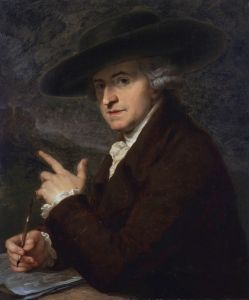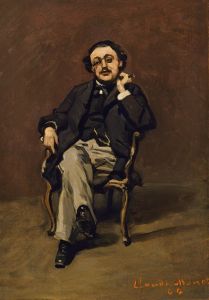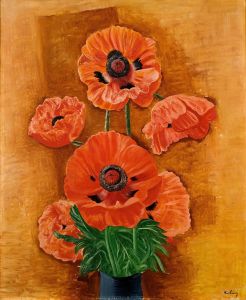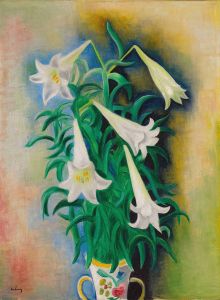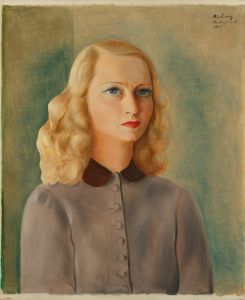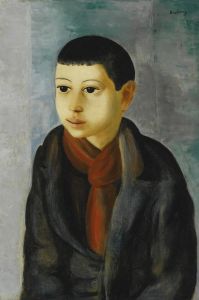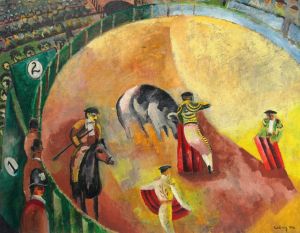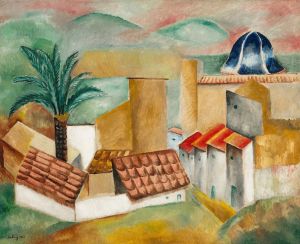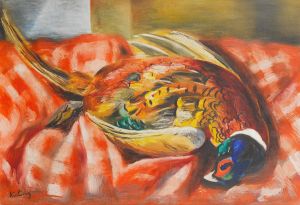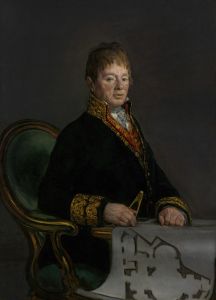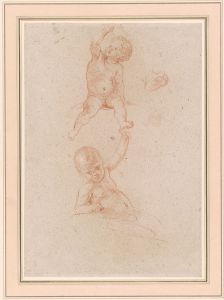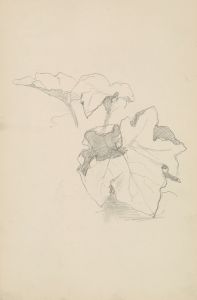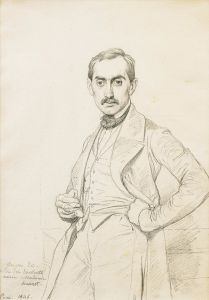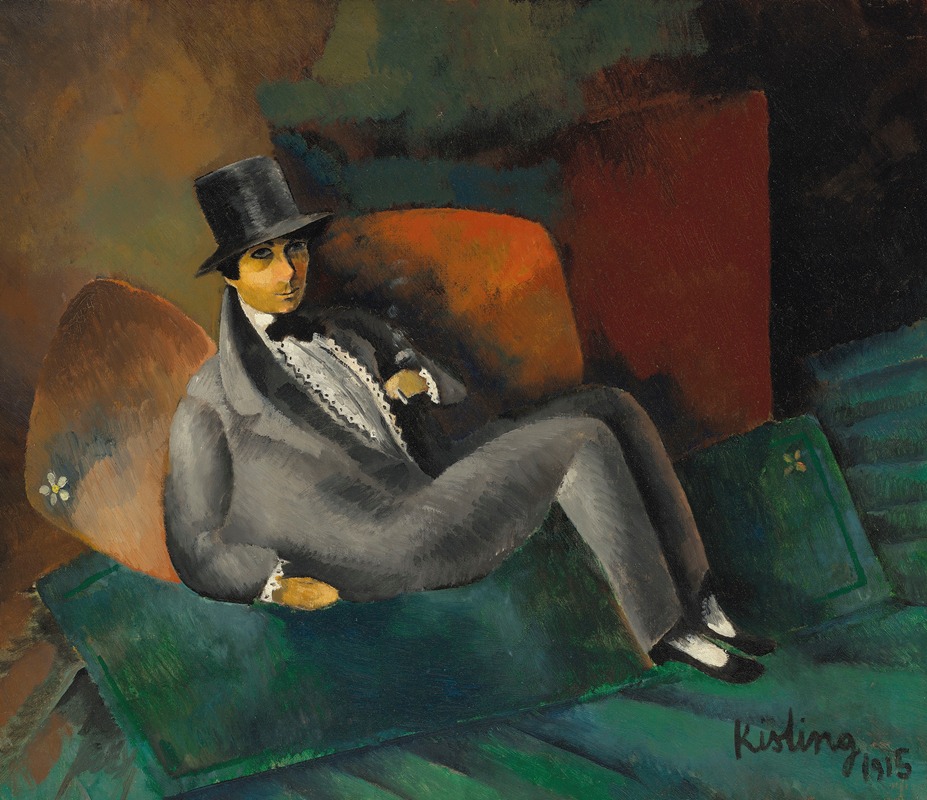
Portait de Francis de Miomandre
A hand-painted replica of Moïse Kisling’s masterpiece Portait de Francis de Miomandre, meticulously crafted by professional artists to capture the true essence of the original. Each piece is created with museum-quality canvas and rare mineral pigments, carefully painted by experienced artists with delicate brushstrokes and rich, layered colors to perfectly recreate the texture of the original artwork. Unlike machine-printed reproductions, this hand-painted version brings the painting to life, infused with the artist’s emotions and skill in every stroke. Whether for personal collection or home decoration, it instantly elevates the artistic atmosphere of any space.
Moïse Kisling, a Polish-born French painter, is renowned for his contributions to the School of Paris, a group of artists who lived and worked in the French capital during the early 20th century. Among his notable works is the "Portrait of Francis de Miomandre," which captures the essence of the literary figure Francis de Miomandre, a prominent French writer and translator.
Kisling was born in Kraków, Poland, in 1891 and moved to Paris in 1910, where he became part of the vibrant artistic community in Montparnasse. His style is characterized by a blend of modernist influences and a distinctive use of color and form, which made his portraits particularly striking. Kisling's works often feature bold outlines and a vivid palette, elements that are evident in his portrait of Francis de Miomandre.
Francis de Miomandre, born in 1880, was a significant literary figure in France, known for his novels, essays, and translations. He was awarded the prestigious Prix Goncourt in 1908 for his novel "Écrit sur de l'eau..." ("Written on Water..."). Miomandre was an influential figure in French literature, and his works contributed to the cultural landscape of the time. His connection with Kisling is a testament to the intermingling of literary and artistic circles in early 20th-century Paris.
The "Portrait of Francis de Miomandre" by Kisling is a testament to the artist's ability to capture the personality and essence of his subjects. While specific details about the creation date and current location of the painting are not widely documented, it is known that Kisling's portraits often depicted his subjects with a sense of intimacy and psychological depth. This particular portrait likely reflects the mutual respect and friendship between the artist and the writer.
Kisling's portraits are celebrated for their ability to convey the character and mood of the sitter, often through expressive facial features and a thoughtful use of color. In the case of Miomandre, Kisling would have aimed to capture the intellectual and creative spirit of the writer, possibly highlighting his contemplative nature and literary prowess.
Throughout his career, Kisling painted numerous portraits of notable figures, including fellow artists, writers, and patrons. His work is characterized by a unique blend of realism and modernism, which allows his portraits to stand out as both personal and universal representations of his subjects.
The "Portrait of Francis de Miomandre" is part of Kisling's broader body of work that continues to be studied and appreciated for its artistic merit and historical significance. Kisling's contributions to the art world, particularly through his portraits, provide valuable insights into the cultural and social dynamics of his time.
In summary, Moïse Kisling's "Portrait of Francis de Miomandre" exemplifies the artist's skill in capturing the essence of his subjects through a distinctive modernist lens. The painting serves as a cultural artifact, reflecting the interconnectedness of the artistic and literary communities in early 20th-century Paris.






